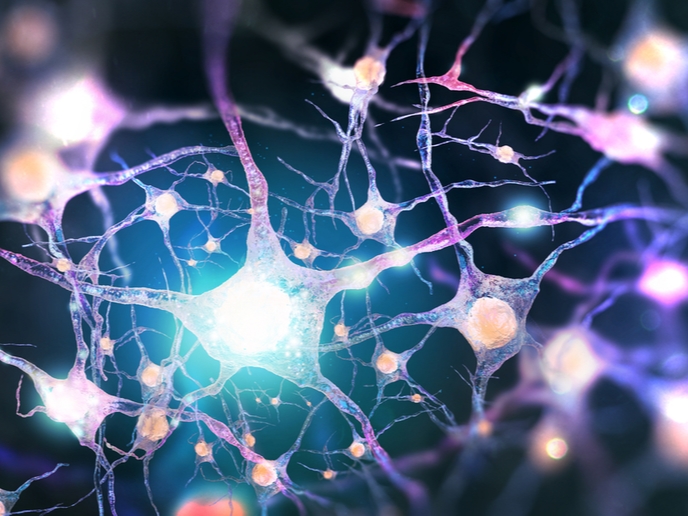The (fluorescent) future of prostate cancer surgery
Prostate cancer is the second most common cancer type in men worldwide, but it is highly treatable in the early stages. It begins in the prostate gland, which is just located below the bladder. Surgeons often rely on complete gland removal to resect the primary cancer. What is more, these operations often cause injury to peripheral nerves, which can result in urinary incontinence and erectile dysfunction. These two common side effects can be especially burdensome for patients and loved ones.
Inner glow gives a sense of peripheral nerves
Funded by the European Research Council, the AUTO NERVE project offers the possibility of realising nerve-sparing prostate surgery through the use of imaging techniques, in particular fluorescent tracers. “Fluorescent tracers that specifically stain nerves allow surgeons to save the delicate anatomies that surround the prostate,” notes principal investigator Fijs van Leeuwen. Project scientists used tracers consisting of peptides joined with fluorescent dyes that bind to peripheral nerves. When the tracer is excited by light of a particular wavelength, it emits a specific type of fluorescent light that can be detected by a dedicated camera system and visualised in real time during surgery. This imaging technique helps to make peripheral nerves glow in the surgical view and as such enables surgeons to clearly distinguish the boundaries between the tumour, healthy tissue and nerves. The AUTO NERVE team identified a number of peptides that specifically bind to peripheral nerves. The most promising ones in terms of specificity and biodistribution (method of tracking where peptides travel) were tested during robotic surgery performed in large animals. Together with a market leader in the area of contrast agents, the project is exploring valorisation of the new tracers.
A non-invasive imaging technique without alternative
Currently, there are no alternative fluorescence imaging techniques that can visualise nerves during surgery. Certain ones that are tested in animal models involve the use of small molecules that emit weak fluorescent light in the ultraviolet. Another downside is that they migrate across the blood-brain barrier, meaning they accumulate in the central nervous system (CNS) and could induce systemic toxicity. The fluorescent tracers developed in this project are labelled with conventional dyes such as fluorescein, cyanine-5 or cyanine-7 and bind specifically to nerves without crossing the blood-brain barrier that protects the CNS. “Practically, this means that we can now use clinical-grade camera systems and reduce the chance that a patient who undergoes a nerve-sparing prostate cancer surgery ends up with debilitating toxic side effects in the CNS,” explains van Leeuwen.
Imaging autonomic versus somatic nerves
The main difference between the autonomic and the somatic nerves in the peripheral nervous system is functional. The first controls internal organs and glands, while the second controls muscles and movement. AUTO NERVE benefited directly from the outcomes of its predecessor ILLUMINATING NERVES project – which involved the design of lead compounds suitable for imaging both types of nerves. Optimising the structure-activity relation of the lead compound as pursued within another proof-of-concept grant researchers received earlier, MY NERVE, and AUTO NERVE will increase the chances of its wide use in medicine. Fluorescent tracers could make nerves glow in the dark so that operators become aware of their location in the surgical field. However, successful treatment of prostate cancer without complications is a relay race between oncological outcome (requires accurate tumour removal) and side effects (requires nerve sparing).







